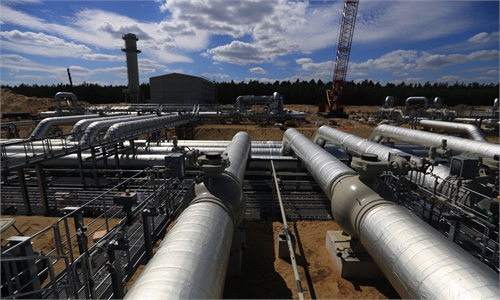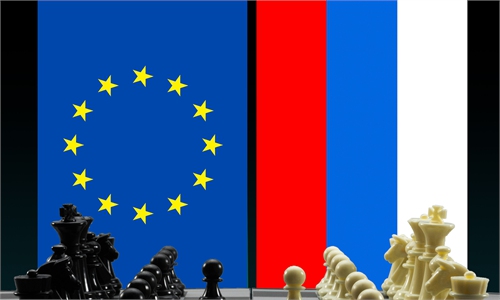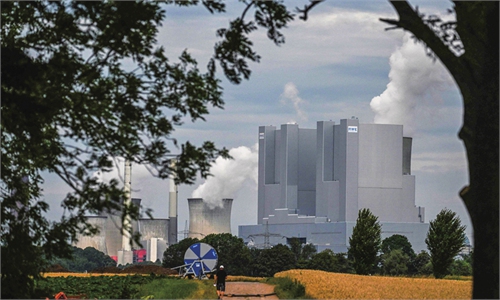French Prime Minister Elisabeth Borne warned company bosses on Monday about the risk of energy rationing this winter and urged them to take steps to reduce their consumption.
"If we act collectively then we can overcome the risk of shortages, but unless everyone takes part and if all the bad-case scenarios come together then we could be forced to impose reductions on consumers," she told the Medef business group.
"If we end up with rationing, companies will be the most affected and unfortunately we need to be prepared for it," she continued.
Borne said the government was already drawing up contingency plans, including a "quota trading system" that would enable companies to buy and sell power quotas. The government was also preparing measures to support companies that would be "too severely affected" by rationing.
The clear warning about the risk of shortages further underlines efforts by the government to prepare public opinion and businesses for looming difficulties caused by the Russia-Ukraine conflict.
Speaking last week at the first cabinet meeting since the August summer holidays, President Emmanuel Macron warned that France might need to make "sacrifices" as a result of what he called the "end of abundance."
"Every company needs to mobilize and act. I call on everyone to establish their own energy-saving plans in September," Borne said, while stressing that the crisis would help the transition away from fossil fuels.
France is more sheltered than many European countries from the surge in gas prices caused by Russia's decision to reduce its exports to Europe.
France generates some 70 percent of its electricity from a fleet of 56 nuclear reactors, but 32 are currently offline either for routine maintenance or to evaluate corrosion risks.
Borne said that "the restarting of reactors that have been shut is essential to avoid blackouts."
Gas accounts for around 20 percent of France's overall energy consumption, but is used as a power source for less than 10 percent of its electricity, statistics from the International Energy Agency show.
"If we act collectively then we can overcome the risk of shortages, but unless everyone takes part and if all the bad-case scenarios come together then we could be forced to impose reductions on consumers," she told the Medef business group.
"If we end up with rationing, companies will be the most affected and unfortunately we need to be prepared for it," she continued.
Borne said the government was already drawing up contingency plans, including a "quota trading system" that would enable companies to buy and sell power quotas. The government was also preparing measures to support companies that would be "too severely affected" by rationing.
The clear warning about the risk of shortages further underlines efforts by the government to prepare public opinion and businesses for looming difficulties caused by the Russia-Ukraine conflict.
Speaking last week at the first cabinet meeting since the August summer holidays, President Emmanuel Macron warned that France might need to make "sacrifices" as a result of what he called the "end of abundance."
"Every company needs to mobilize and act. I call on everyone to establish their own energy-saving plans in September," Borne said, while stressing that the crisis would help the transition away from fossil fuels.
France is more sheltered than many European countries from the surge in gas prices caused by Russia's decision to reduce its exports to Europe.
France generates some 70 percent of its electricity from a fleet of 56 nuclear reactors, but 32 are currently offline either for routine maintenance or to evaluate corrosion risks.
Borne said that "the restarting of reactors that have been shut is essential to avoid blackouts."
Gas accounts for around 20 percent of France's overall energy consumption, but is used as a power source for less than 10 percent of its electricity, statistics from the International Energy Agency show.



